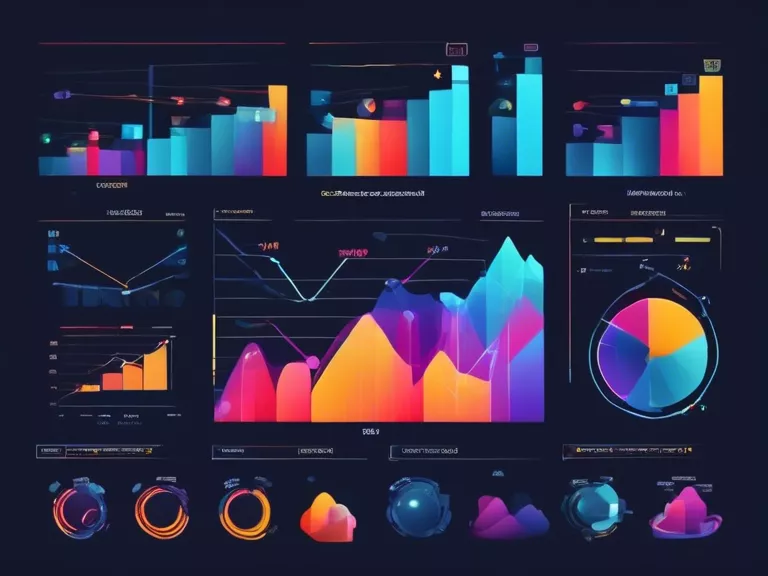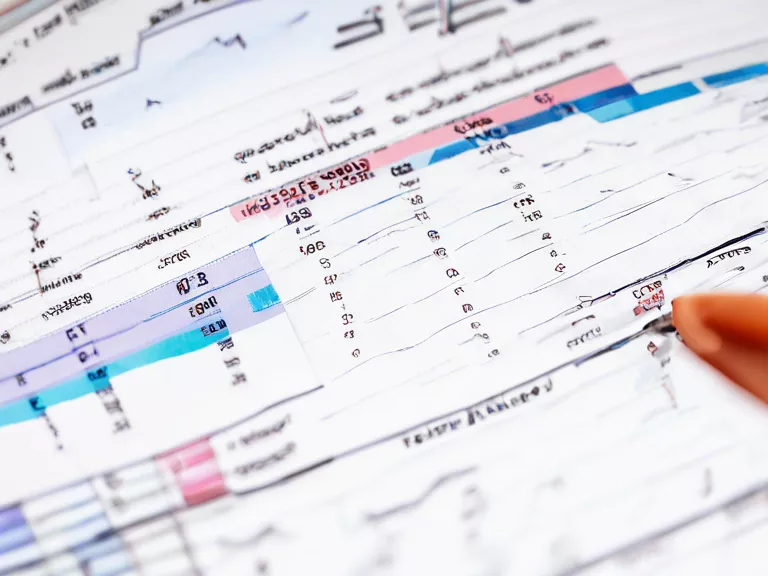
Data visualization tools can be a powerful way to present complex data in a visually appealing and easy-to-understand format. With the right tools and techniques, you can create impactful charts and graphs that will help you tell a compelling data-driven story. In this article, we will discuss how to use data visualization tools effectively to create charts and graphs that make an impact.
One of the most important things to consider when creating charts and graphs is the type of data you are working with. Different types of data require different types of visualizations. For example, if you are working with time series data, a line chart may be the most appropriate choice. On the other hand, if you are comparing categories, a bar chart or pie chart may be more effective.
Another important consideration is the audience for your data visualization. Different audiences may respond better to different types of visualizations. For example, executives may prefer a high-level summary presented in a dashboard format, while data analysts may prefer the ability to interact with the data and drill down into specific details.
When choosing a data visualization tool, it's important to consider factors such as ease of use, flexibility, and compatibility with your data sources. Popular tools such as Tableau, Microsoft Power BI, and Google Data Studio offer a wide range of features and capabilities that can help you create impactful charts and graphs.
Once you have chosen a data visualization tool, it's time to start creating your charts and graphs. Make sure to use colors, labels, and annotations effectively to highlight key points and make your visualizations easy to understand. Consider using interactive features such as filters and tooltips to allow users to explore the data in more detail.
By following these tips and techniques, you can use data visualization tools to create impactful charts and graphs that will help you communicate your data effectively and make informed decisions.



